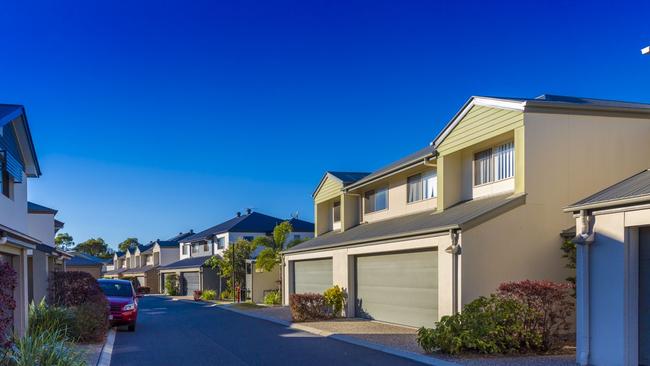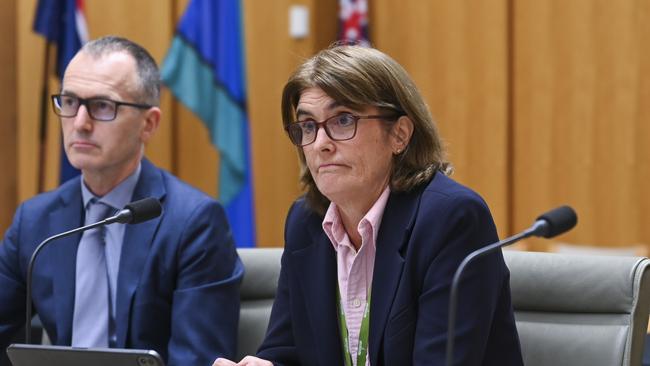Lending ‘malaise’ as home loans fall again
Both the number and value of home loans for owner occupiers have fallen, and investors have also pulled back.

Housing loans have fallen for the second month in a row as both owner occupiers and investors pull back amid a “lending malaise” caused by stretched affordability after steep interest rate hikes.
The value of new housing loans fell 3.9 per cent in January to $25.12bn, following a 4.1 per cent decline in December, Australian Bureau of Statistics data showed.
The result was much weaker than economists expected, with consensus forecasts for a small rise of 2 per cent.
Both the number and value of new home loans taken out by owner occupiers fell in January.
ANZ senior economist Adelaide Timbrell said there was a “lending malaise”, with housing loans limited by suppressed sales volumes and a fall in the average mortgage size.
“The drop in sales volumes in December and January may signal further weakness in lending in the coming months, as may the fall in average loan size for owner occupiers,” she said.
Ms Timbrell noted the average loan size for owner occupiers, excluding first home buyers, dropped sharply in January by 4 per cent.
“Owner-occupier borrowing is more likely than investor borrowing to be limited by capacity to borrow. As wages grow, inflation slows and tax cuts come in, borrowing capacity will rise again.”
The average loan size for all owner occupiers fell 1.5 per cent to $615,000.
The value of owner-occupier loans dropped 4.6 per cent to $15.91bn in January, while investment lending fell 2.6 per cent to $9.21bn.
The number of new loans for owner occupiers also fell for a second month, down 2.6 per cent in January.
Westpac senior economist Matthew Hassan said the decline in home loan values over December and January had given back about half of the rally seen up until November – when the Reserve Bank again lifted the cash rate.
“The RBA’s November rate hike and stretched affordability more generally look to be weighing more heavily on owner-occupier activity,” Mr Hassan said.
The RBA kept the cash rate on hold for four months before lifting it to 4.35 per cent in November, its 13th hike since May 2022.

CommSec senior economist Ryan Felsman expected stretched affordability to remain a factor in the biggest property markets of Sydney and Melbourne.
“While Aussie home prices continue to lift, leading indicators of home building activity, such as building approvals and home sales, have slowed, albeit during the seasonal summer lull,” he said.
“While strong inbound migration and a lack of dwelling supply is supporting housing demand and prices, stretched affordability will remain a constraint for activity in the bigger Sydney and Melbourne property markets in the near term.
“A potential lift in listings and eventual slowing population growth could yet rein in home price growth. That said, expected lower borrowing costs later in 2024 or in early 2025 could potentially support a durable rebound in prices.”
The number of loans to first home buyers fell 6.9 per cent in January, while the value of those loans was down 6 per cent.
ABS head of finance statistics Mish Tan said liaison with lenders suggested that recent improvements to loan processing times had increased the number of loans processed in peak periods, compared to prior years.
CBA senior economist Belinda Allen said that shift may have altered the lending data, with more turnover now able to be processed before the summer break.
“This appears to have lowered the processing of new lending in January,” Ms Allen said.
The total value of housing approvals was 8.5 per cent higher than in January 2023 with lending to investors up 18.5 per cent.
“Strong growth in rents and prospects for capital growth as home prices continued to rise are likely to have attracted investors into the market,” Ms Allen said.





